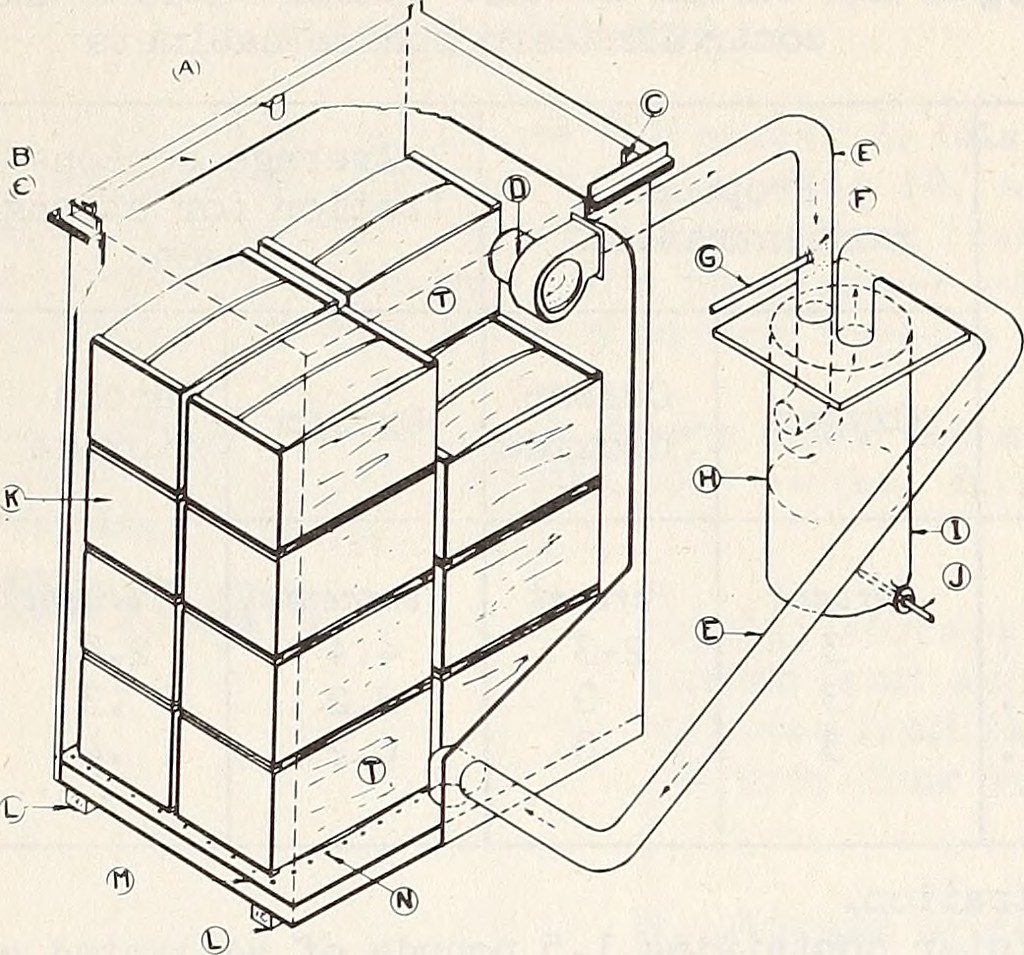Modified Atmosphere Packaging(MAP) is a packaging method that can effectively extend the shelf life without affecting the appearance. Simply put, it is to fill the package with a specific gas to isolate the package from the air, so as to prevent food deterioration and metal oxidation.
History
About 80% of the earth’s atmosphere is nitrogen. As early as 1772, Swedish chemist Carl Wilhelm Scheele understood the existence of a variety of substances in the air, of which what could not burn was then known as foul air, and the gas that could fuel combustion was called fire air. With the advancement of technology, the nature of air has gradually become clear, and its name has been determined by IUPAC. These discoveries and advancements have laid the foundation for the subsequent development of the packaging industry.
In 1821, French medical researcher Jacques Etienne Berard discovered that the shelf life of fruits was greatly extended under low oxygen conditions. Subsequently, the results of this research began to be used in the 1930s, and a storage method called (CAS) Controlled Atmosphere Storage —— by creating a storage room with a high CO2 environment to extend the shelf life began to emerge. In the 1970s, Mexico appeared to fill the packaging with gas to extend the shelf life. Later, they were called MAP (Modified Atmosphere Packaging). At first, they were only used for fresh food, and then various types of packaging began to develop rapidly. The filled gas mainly includes high oxygen, nitrogen, carbon dioxide, and other gases. Now, the additives approved by the EU include many such gases:

At the same time, for specific products, there will be a corresponding mixed inflation program to maximize the shelf life. So far, MAP has been very mature, and thousands of products have been perfectly delivered to consumers through MAP.
How does MAP protect foods
To understand why MAP can extend the shelf life, we must know why food deteriorates and why metal rusts.
Generally speaking, there are two reasons:
Decomposition
If the proteins of dead animals and plants are exposed to the air, they will be contaminated with microorganisms such as bacteria. These bacteria decompose organic matter into inorganic matter, which is part of nature’s cycle. However, this kind of decomposition will reduce the food. At the same time, the bacteria may produce some toxic substances in the process of decomposing organic matter, and even some bacteria are harmful to the human body. According to statistics, for this reason, about 1/3 of the food is lost every year.
We can take some methods-elimination, isolation, suppression.
In order to eliminate bacteria, we need to create a sterilization process that does not affect food but can kill microorganisms. Therefore, there are many additional steps in the food processing process, such as the famous Pasteurization, which kills microorganisms through temperature. At the same time, in order to isolate bacteria, the food processing process is strictly controlled, the factory requires aseptic processing, and personnel must be disinfected when entering and exiting. Packaging is also a part of isolating bacteria, but no matter how hard we try to isolate them, those bacteria that are invisible to the naked eye can always be attached to food from corners that we have not paid attention to. Therefore, in order to ensure safety, after the packaging is completed, we also need to suppress the reproduction and growth of bacteria as much as possible to extend the shelf life. So preservatives were invented. Preservatives can indeed inhibit the growth of bacteria. However, it does not only bring benefits. Many preservatives have not passed the health test, but are still used by many unscrupulous businesses. Even some additives approved by the food safety departments of various countries have problems such as the insignificant effects of extending the shelf life, high prices, and possibly changing the nature of food. It is in this environment that MAP was developed. Filling some inert gas into the packaging can greatly prevent bacteria from multiplying. At the same time, there is no need to worry about food health problems, and it is safe and reliable.
Oxidation
Oxidation may be harder to understand than Decomposition. According to the explanation of Wikipedia: Oxidation is a chemical reaction that can produce free radicals, thereby leading to chain reactions that may damage the cells of organisms. If you don’t understand it, it’s okay. We just need to understand that even if there are no bacteria messing up, the food exposed to the air will gradually deteriorate. As it should be, like antiseptic, Antioxidant has come out. Antioxidant certainly has similar problems, such as food health, price and so on. Fortunately, MAP can solve them, because most of the time food and metal will only have Oxidation with oxygen, so MAP can also perfectly solve the problem of Oxidation.
MAP vs Vacuum Packaging
In addition to MAP, there is also a similar packaging method, namely vacuum packaging, which uses similar principles and can also extend shelf life, each of which has its own advantages and disadvantages.
The advantages of MAP are:
The advantages of Vacuum Packaging are:
In addition to the above, MAP can also be used to improve product quality in some cases. For example, there are discussions about changing the proportion of mixed gas to make the meat look more delicious, but this lacks data support.
Applications of MAP
At first, MAP was only applied to some fresh food materials. Later, with the gradual development of the food processing industry and packaging industry, many refined food products also began to use this method to extend the shelf life. The main products include:
If you are interested in MAP or Vacuum Packaging, you can contact us for relevant packaging suggestions.
Refer:
https://www.sciencedirect.com/science/article/pii/B978008100596503376X?via%3Dihub
https://eur-lex.europa.eu/legal-content/EN/TXT/?uri=CELEX:02008R1333-20200325
https://doi.org/10.22207/JPAM.12.3.39
https://en.wikipedia.org/wiki/Antioxidant